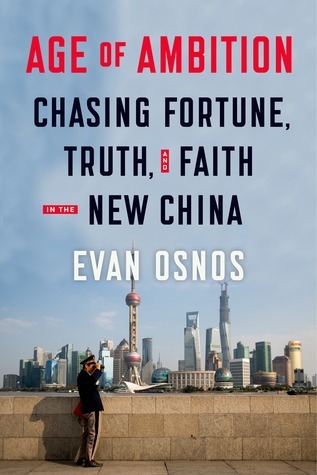More on this book
Community
Kindle Notes & Highlights
China was building the square-foot equivalent of Rome every two weeks.
towering mountains”—no money, no time, and no connections.
Chinese society was becoming more diverse, raucous, and freewheeling, and the Party was becoming more homogenous, buttoned-down, and conservative.
marry you. But not anymore. Now I can live a good life,
Europeans liked to say that America had gone from barbarism to decadence without the usual interval of civilization.
“Development is the only hard truth,” Deng had said, and for many people, that view was correct.
one journalist, Fang Kecheng, counted up those occasions and found that China’s feelings were hurt only three times between 1949 and 1978, but by the eighties and nineties it was happening an average of five times each year.
Deng Xiaoping, who once said, “The United States brags about its political system, but the president says one thing during the election, something else when he takes office, something else at midterm, and something else when he leaves.”
There was now a line between the white-collar class and what people called the “black-collar class.” An anonymous author circulated an essay that defined it: “Their clothes are black. Their cars are black. Their income is hidden. Their life is hidden. Their work is hidden. Everything about them is hidden—like a man wearing black, standing in the dark.”
“That depends on what’s going on in society,” he said. “If good people run things, she should be a good person. If it’s bad people, well, you have no choice but to be bad.”
fleeting; he was increasingly convinced that the majority in China did not agree with him. “Everything is headed in one direction: the American direction,”
was impossible to know what “most Chinese” believed because the state media and the political system were designed not to amplify public opinion but to impose


